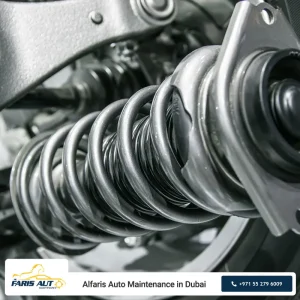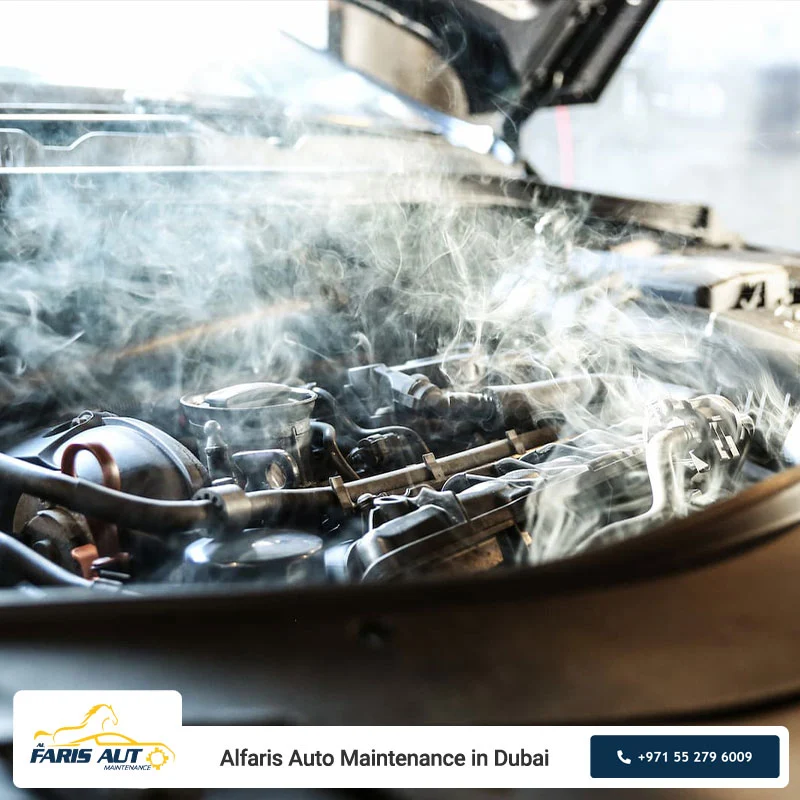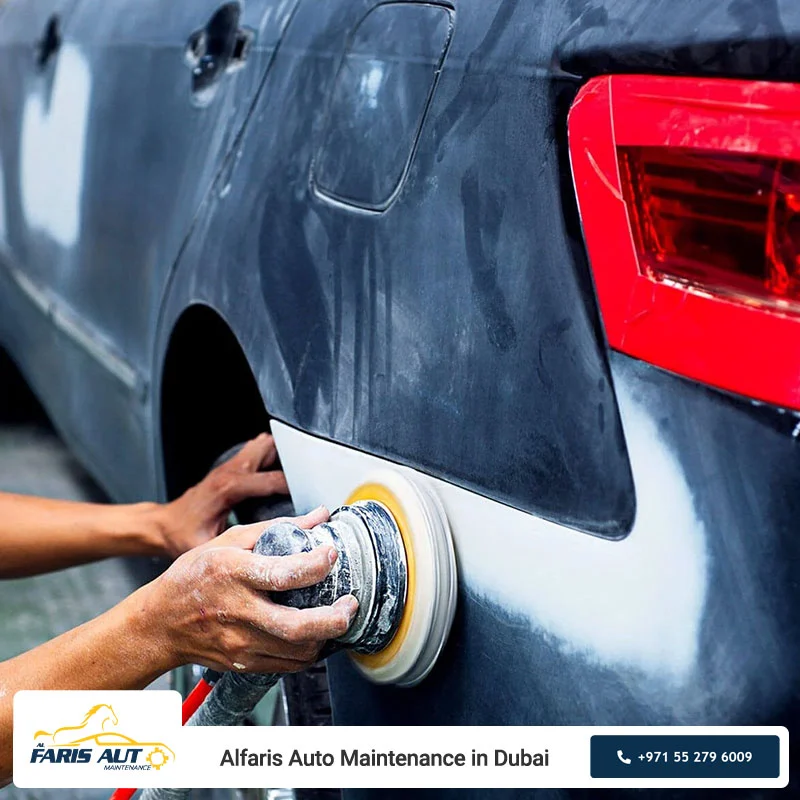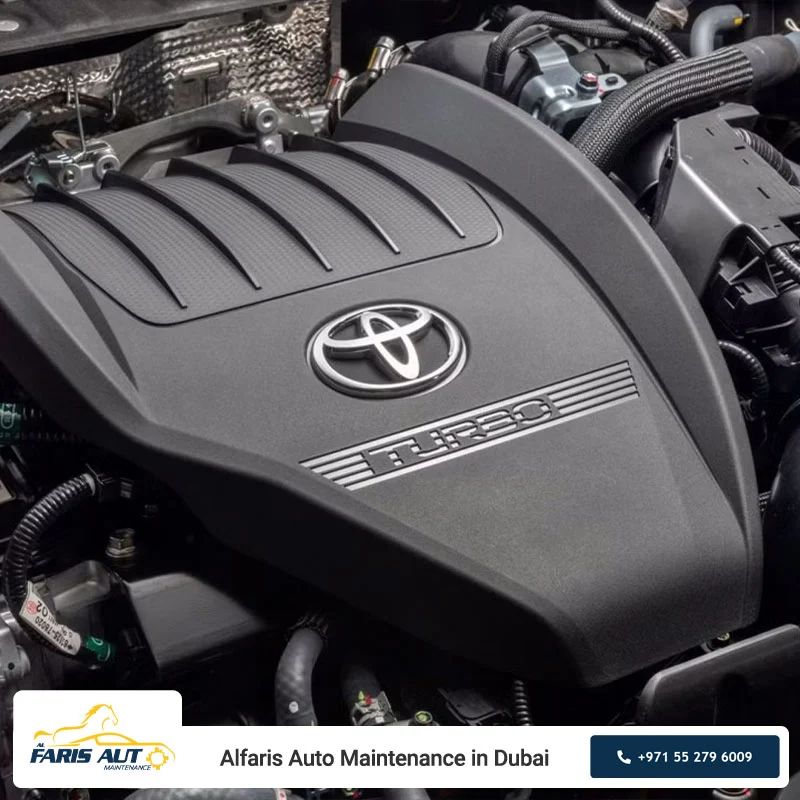Suspension repair and regular maintenance not only help preserve the health of your car but also ensure the safety of its occupants. The car’s suspension system is one of the most critical technical components, playing a fundamental role in maintaining balance, comfort, and ultimately the overall safety of the car. Simply put, the suspension system is responsible for absorbing shocks caused by road irregularities and keeping the tires in contact with the road surface.
This function allows the car to remain stable on various terrains while providing comfort to passengers. Therefore, suspension repair and regular upkeep not only preserve the car’s condition but also guarantee passenger safety. Neglecting problems and failures in the suspension system can lead to more serious issues such as reduced steering control, increased tire wear, and even accident risks.
Hence, recognizing the signs of suspension failure and timely action for repair is one of the essential responsibilities of every driver. Alfaris, as a comprehensive automotive repair service provider, offers specialized suspension repair and steering system services. In this article, we provide a detailed review of suspension components, failure symptoms, diagnostic methods, repair procedures, and important maintenance and prevention tips, offering you a complete guide to preserving your car’s suspension health.
- Understanding the Components of the Suspension System
- Signs of Suspension Failure
- Diagnosing and Repairing the Suspension System
- Maintenance and Prevention of Suspension Failures
Understanding the Components of the Suspension System
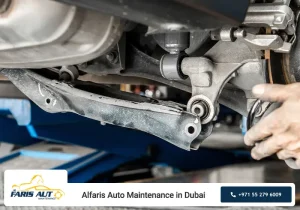
The car’s suspension system consists of several key components, each playing a unique role in its overall performance. For better understanding the suspension repair process, it is important to become familiar with these parts.
- Spring: This component absorbs road shocks and protects the car against irregularities. Various types of springs exist, including coil springs, leaf springs, and pneumatic springs, used in different cars.
- Shock Absorber: Shock absorbers control the movement of the springs. Without shock absorbers, the car would bounce excessively after passing over bumps, making control difficult. Shock absorbers absorb kinetic energy and reduce the extra movement of springs.
- Rim and Tire: This assembly directly contacts the road surface and plays a crucial role in transmitting forces and maintaining car balance. The quality and condition of rims and tires significantly impact the overall performance of the suspension system.
- Stabilizer Bar (Anti-Roll Bar): The stabilizer bar, also known as the sway bar, increases the car’s stability when cornering. It connects both sides of the suspension system, preventing excessive body roll and tilting.
- Ball Joint: These spherical connections between suspension arms and other parts allow smooth and controlled movement. Ball joint failure can cause knocking noises and reduce car control.
- Control Arm: These arms connect the suspension system to the car frame and guide the wheel’s movement, directly influencing steering and balance.
- Tie Rod: This part connects different suspension components and facilitates force transmission.
- Bushing: Bushings, made of rubber or polyurethane, act as intermediaries between metal parts, absorbing vibrations and reducing wear. Worn bushings can cause vibrations and abnormal noises.
Together, these components form a complete and efficient suspension system that maintains balance, absorbs shocks, and improves car performance. Any defect in these parts can reduce system efficiency and necessitate suspension repair.
Signs of Suspension Failure
Timely detection of suspension problems is a critical step to prevent further damage. Drivers can identify suspension failure by noticing several key symptoms, which play an important role in the suspension repair process. One such sign is hearing unusual noises such as knocking or clunking when passing over bumps, indicating possible damage to shock absorbers or bushings.
car vibration or instability during driving, especially when cornering or braking, can also signal suspension issues. This often results from spring or control arm failure, leading to reduced car control.
Additionally, uneven tire wear, such as excessive wear on one side of the tire, is a clear indicator of suspension failure. This problem may stem from improper wheel alignment or damaged suspension components. Generally, early detection of these signs and timely suspension repair can prevent more serious issues like wheel damage, increased fuel consumption, and reduced safety. If you notice any of these symptoms, you can contact the specialized Alfaris repair center in Dubai. For communication, please use Alfaris Contact.
Diagnosing and Repairing the Suspension System
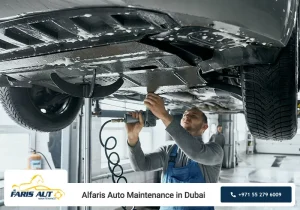
The suspension repair process begins with a thorough inspection by a mechanic. Initially, a visual check is performed to examine parts for wear, cracks, or leaks. Then, a test drive is conducted to observe car performance under various conditions. Specialized tools such as hydraulic lifts, wheel alignment devices, and shock absorber testers are also used for more precise fault diagnosis. These tools help mechanics quickly identify misalignments and minor defects.
Main repair steps include replacing damaged shock absorbers, adjusting springs, and replacing worn control arms or bushings. Each step requires care and adherence to safety measures as working on the suspension system involves heavy and precise tools. It is recommended that suspension repair be carried out by specialists in accredited centers to ensure car quality and safety. Using original parts during repairs also significantly extends the suspension system’s lifespan. For professional repair services, you can rely on Alfaris in Dubai.
Maintenance and Prevention of Suspension Failures
To increase the useful life of the suspension system and avoid costly suspension repair, following a few simple tips is highly effective. The first is performing regular inspections by experts who can detect early faults and fix them promptly. Regular suspension adjustments, especially wheel alignment and shock absorber checks, play a vital role in maintaining proper function. Drivers should also consider road conditions and their driving style; driving over bumps at high speeds and on rough roads can quickly deteriorate the suspension system.
Additionally, timely replacement of worn parts and using suitable lubricants at connection points help reduce wear and increase durability. Following these simple practices reduces repair costs and enhances car safety. Regular car servicing is also among the services offered by Alfaris. The car suspension system is one of the most important parts that must always be carefully monitored and maintained. Paying attention to failure signs and timely suspension repair directly affects driving safety and car performance. Proper repair and maintenance not only prevent serious problems but also increase comfort and the car’s lifespan.
Therefore, it is recommended that drivers visit specialized centers whenever they notice unusual car behavior and perform necessary repairs. Moreover, adhering to simple maintenance tips and periodic inspections can significantly reduce repair costs and provide safer, more enjoyable driving experiences.Considering the critical importance of the suspension system, investing in its repair and maintenance is a smart and essential decision for every car owner. Remember, the health of your suspension guarantees the health of your car and your safety.
